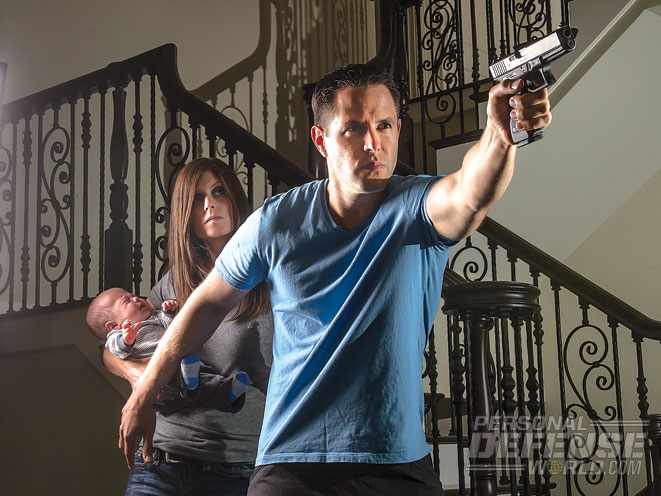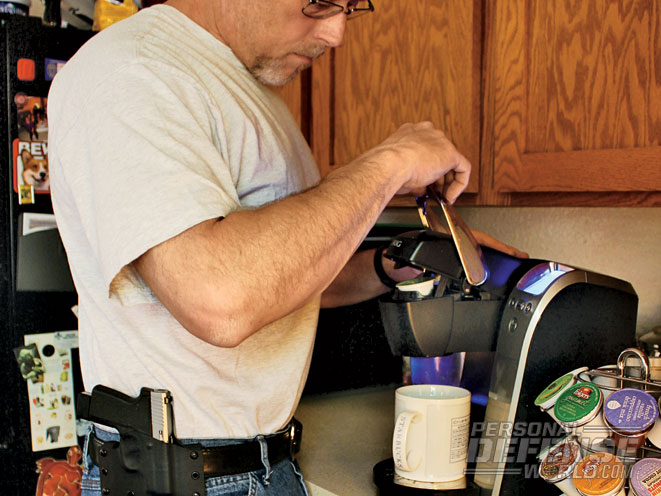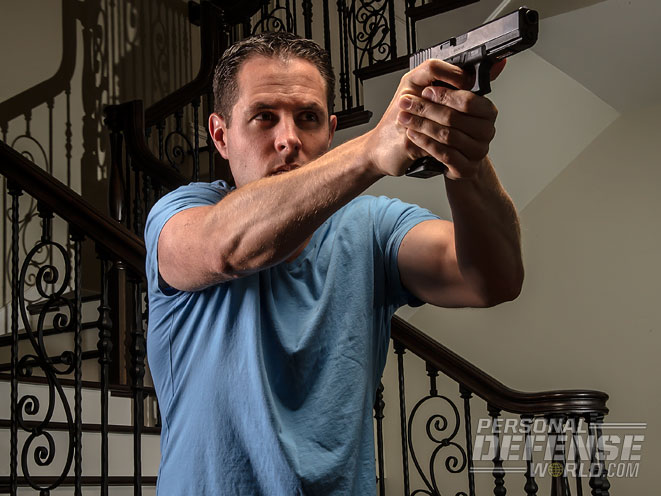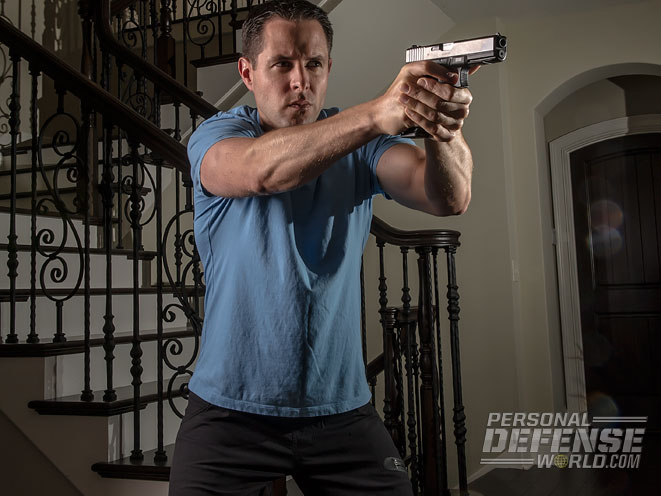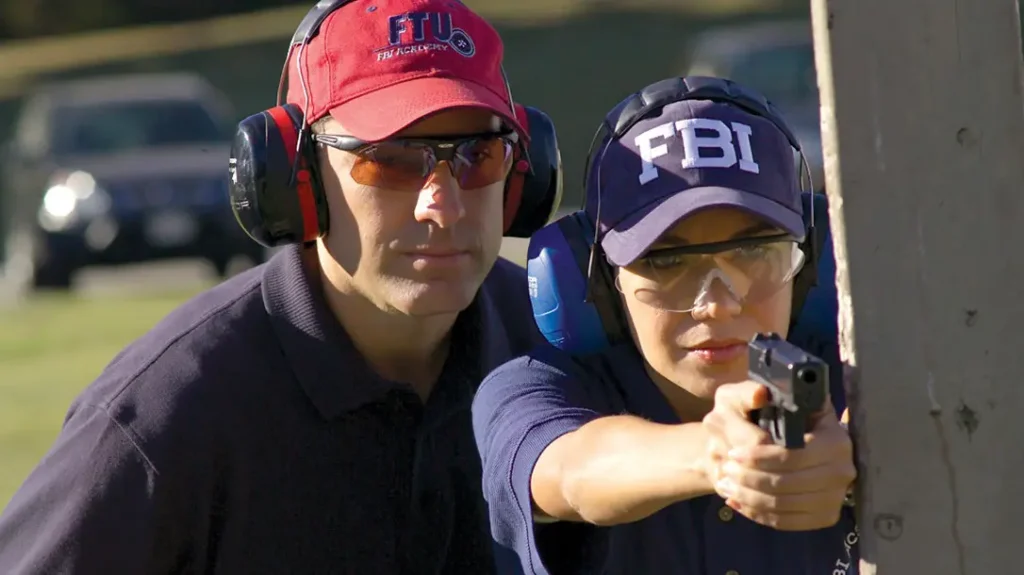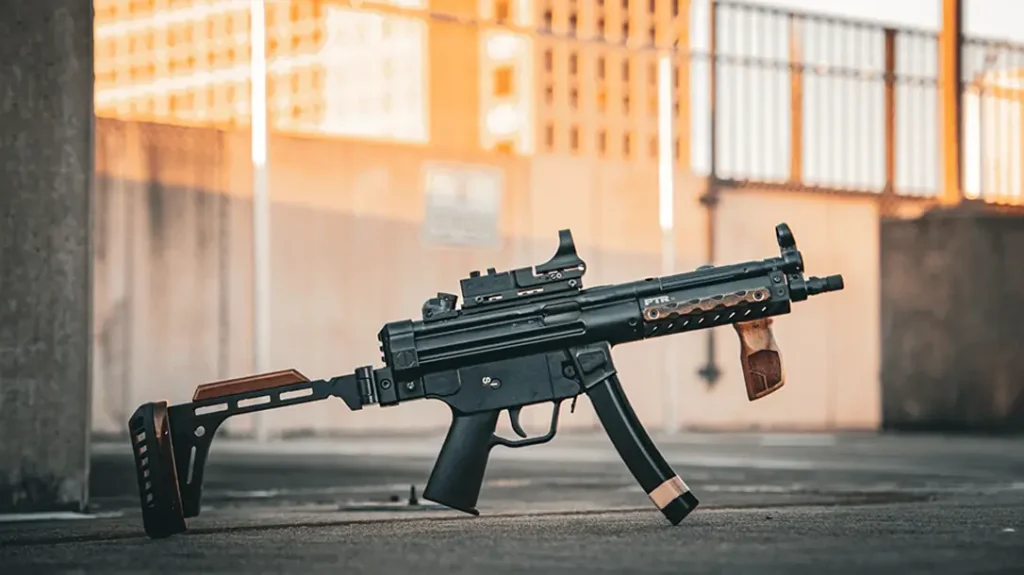Home invasion is one of the fastest growing crimes in America. Just how fast it’s growing is difficult to judge, however, since most crime statistics don’t track it as a specific crime. A home invasion that leads to a rape is therefore recorded as a burglary (technically, an illegal entry with the intent to commit a felony) and a rape.
Why is this important? Because it represents a change in criminal methodology. Rather than targeting victims when they’re out in public—and potentially in view of witnesses and video cameras—the bad guys have figured out that it’s easier to attack us at home, where we are least prepared and most complacent. For the defense-minded
citizen, this paradigm shift means that you need to reevaluate both your home security and your home-defense strategies.
When most people think of a home intruder, they envision a stereotypical “bump in the middle of the night” scenario and plan for a “grab a pistol from the nightstand” response. Unfortunately, today’s home invasions are much more dynamic than that. Many (according to a Bureau of Justice Statistics 2010 report, at least 43 percent) are committed in broad daylight and begin with the intruder opening or kicking in the front door or otherwise gaining sudden, unexpected access to your home. For you, that changes the playing field considerably. Instead of starting your defense in your safe room within easy reach of a weapon, you may be anywhere in the house when the situation starts. To defend yourself and your family effectively in that scenario, you’ve got three basic choices: a) be an Olympic-level sprinter so you can run to your safe room and your weapons quickly from anywhere in your house, b) have easily accessible safe rooms and gun hides throughout your house, or c) carry a firearm on your person while in your home. Of these, the most practical and cost-effective solution is the latter one.
Advertisement — Continue Reading Below
Prevention Before Cure
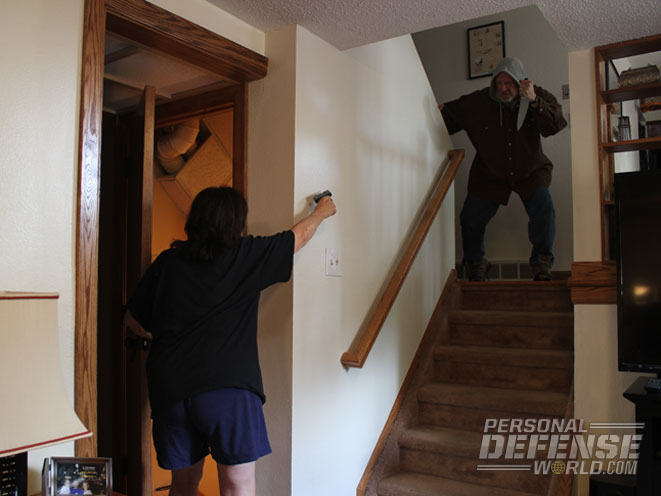
Obviously, your first line of defense in home defense is home security. The best way to defend against a home invasion is to prevent one by investing in the smartest and highest quality physical security you can afford and developing habits to make full use of it. Although creating a 100-percent impenetrable home is impossible for most people, the more barriers you put in the way of a home invasion the more secure you’ll be, the more warning you’ll have and the less attractive your home will be as a target.
Advertisement — Continue Reading Below
RELATED: 9 Ways to Protect Your Family During a Home Invasion
No matter how hard you try, though, if you have a ground-level window, a determined criminal still has a way in. As such, you need to have a plan to deal with him.
On-Body Carry
Advertisement — Continue Reading Below
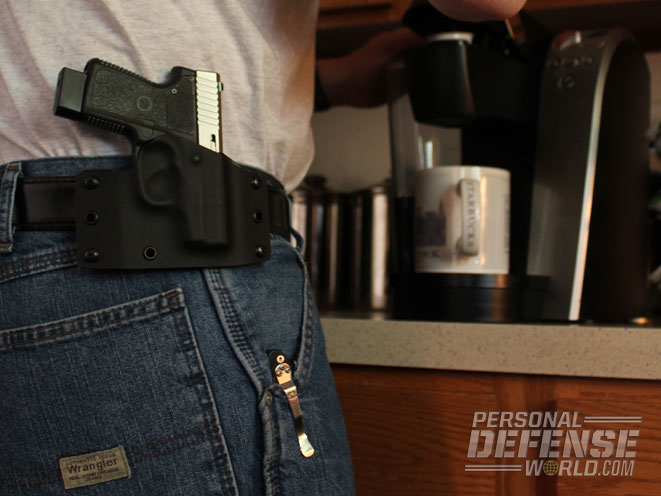
The best way to ensure that you are armed and prepared to defend against a sudden home invasion no matter where you are in your house is to carry a weapon with you at all times. Although this may seem paranoid, it’s actually much more practical than stashing weapons throughout your home. Stashed guns must be well hidden and physically secured against unauthorized access by children, untrained users and unwelcome visitors. In addition to making access to them slower, it also makes your response plan much more complicated because you have to remember where guns are hidden in multiple areas of your home. You also have to develop different response plans based on where the intruder enters. That’s a lot to think about in a high-stress situation.
RELATED: Home Invasion Defense Plan
Advertisement — Continue Reading Below
Conversely, carrying a gun on your person ensures that you always have it with you and it’s always secure against unauthorized access. Very importantly, it also allows you to use the same response skills that you would use if you were carrying concealed out in public or practicing your skills on a range. That means you have a lot more “common ground” in your skillset and tactics, and you have a lot less to remember under stress.
If you have a CCW permit and carry regularly, carrying at home should be no big deal. In addition to promoting consistency in your response skills and tactics, it’s also a great way to refine the details of your carry setup in the privacy of your own home. You can freely experiment with different holsters, carry positions and cover garments before taking your carry plan to the street. This method also provides complete commonality of street and home defense.
As logical as this may seem, for some, carrying a full-blown defensive pistol in the sanctity of their own home isn’t comfortable and may not fit with the “subtleties” of home life, children and grandchildren. If you’re in that camp, a pocket pistol can be the ideal compromise. Small, lightweight and extremely convenient, pocket pistols can be carried in many different ways and adapted to practically any style of dress, from your normal street clothes to a bathrobe. For maximum comfort and speed of access, they can be openly carried in a belt holster. If family “sensitivities” don’t allow that, the holstered pistol can be covered with a sweater or the gun can be slipped into a pocket holster and tucked into any handy pocket. Even if you’re lounging in a T-shirt and shorts, a small pistol can be carried in a belly band, neck holster or another alternative holster style to guarantee that it’s always with you if you need it.
Advertisement — Continue Reading Below
Wargame Your Tactics
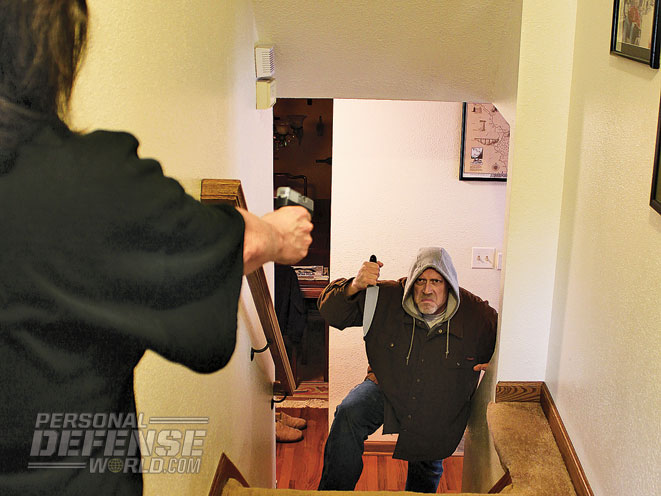
Once you’ve settled on a gun and an at-home carry method, it’s time to start planning your response strategies. The first step in this process should be to consider the possible points of entry for a home invader and how they relate to your safe room and the areas of the house where you and your family spend the most time. Take time during your daily routine to stop and think how you would respond to a sudden invasion, where your family members would be and what fields of fire you would have. Based on those situations, start to “wargame” your tactics. Take a hard look at the angles of fire available to you and identify areas where your rounds might endanger family members or neighbors. Look for solid backstops that will contain rounds that might miss or over-penetrate. At the same time, look for shooting positions that offer you the advantage of cover or concealment, or look for obstacles that would restrict an invader’s access to you. When you identify these prime defensive locations, consider stashing an extra magazine or speedloader there so, if practical, you can have extra reloads available if you need them.
If you have one or more safe rooms (you should), plan your movement from your initial reaction point to the nearest safe room and identify sources of cover and angles of fire along the way. Look for choke points that could limit your movement or provide ideal “funnels” to engage home invaders. For example, if you run up a flight of stairs to your safe room and the invaders follow, they stack themselves in line in a narrow, controlled lane of fire that provides a downward angle of engagement and the floor behind them as a solid backstop.
Advertisement — Continue Reading Below
Home invasions are a very real threat in today’s world. If you want to ensure that you’re prepared to defend against them, carrying a pocket pistol in your home is a strategy well worth considering.
